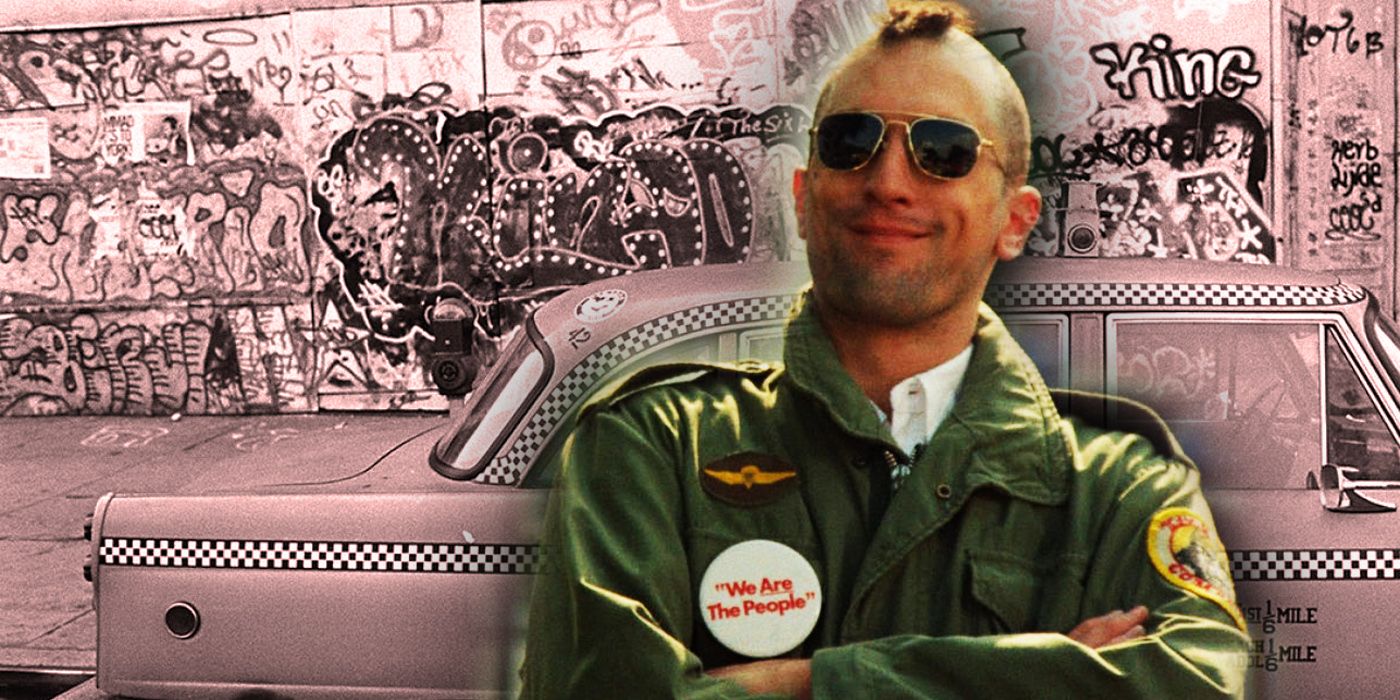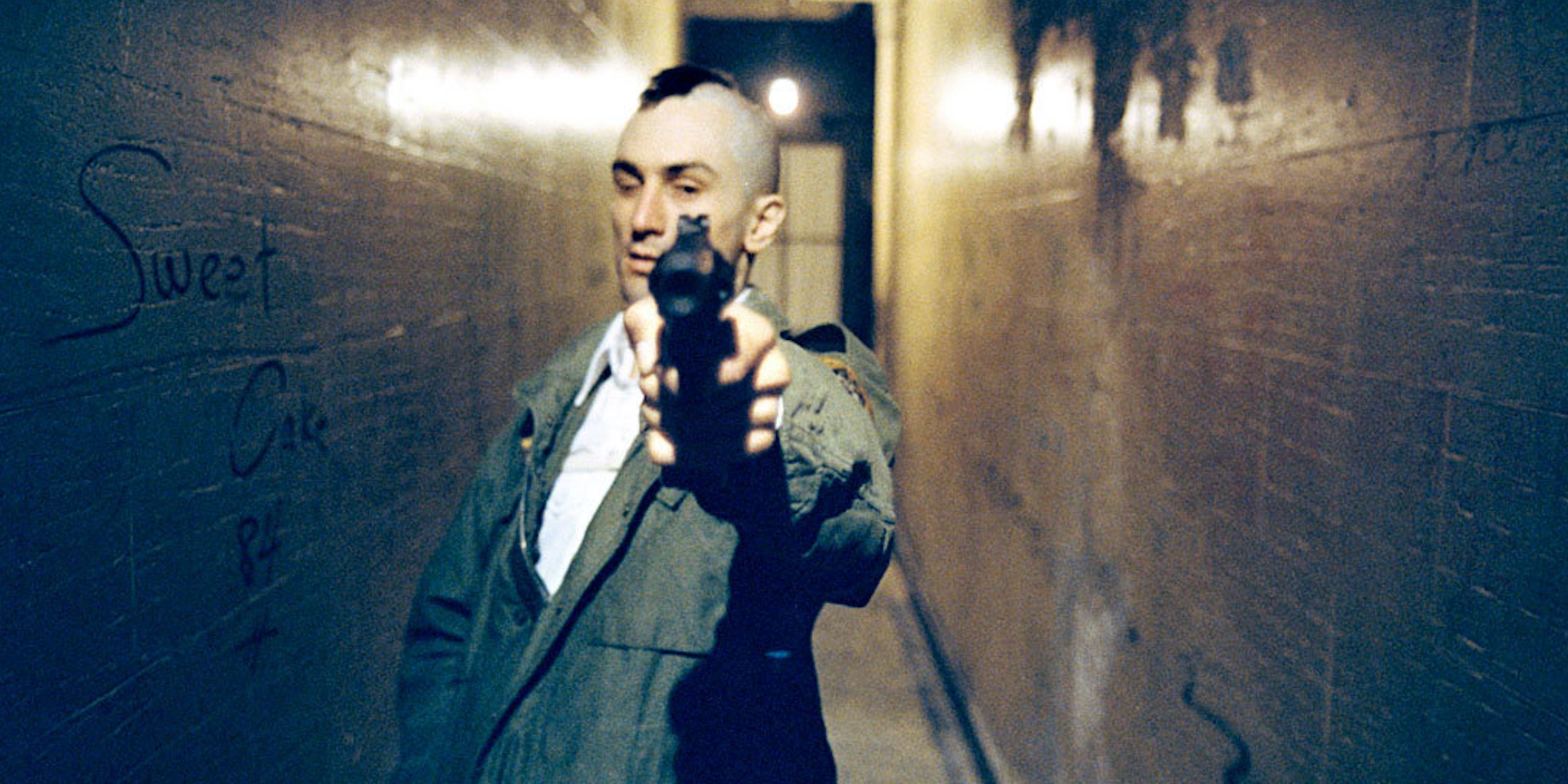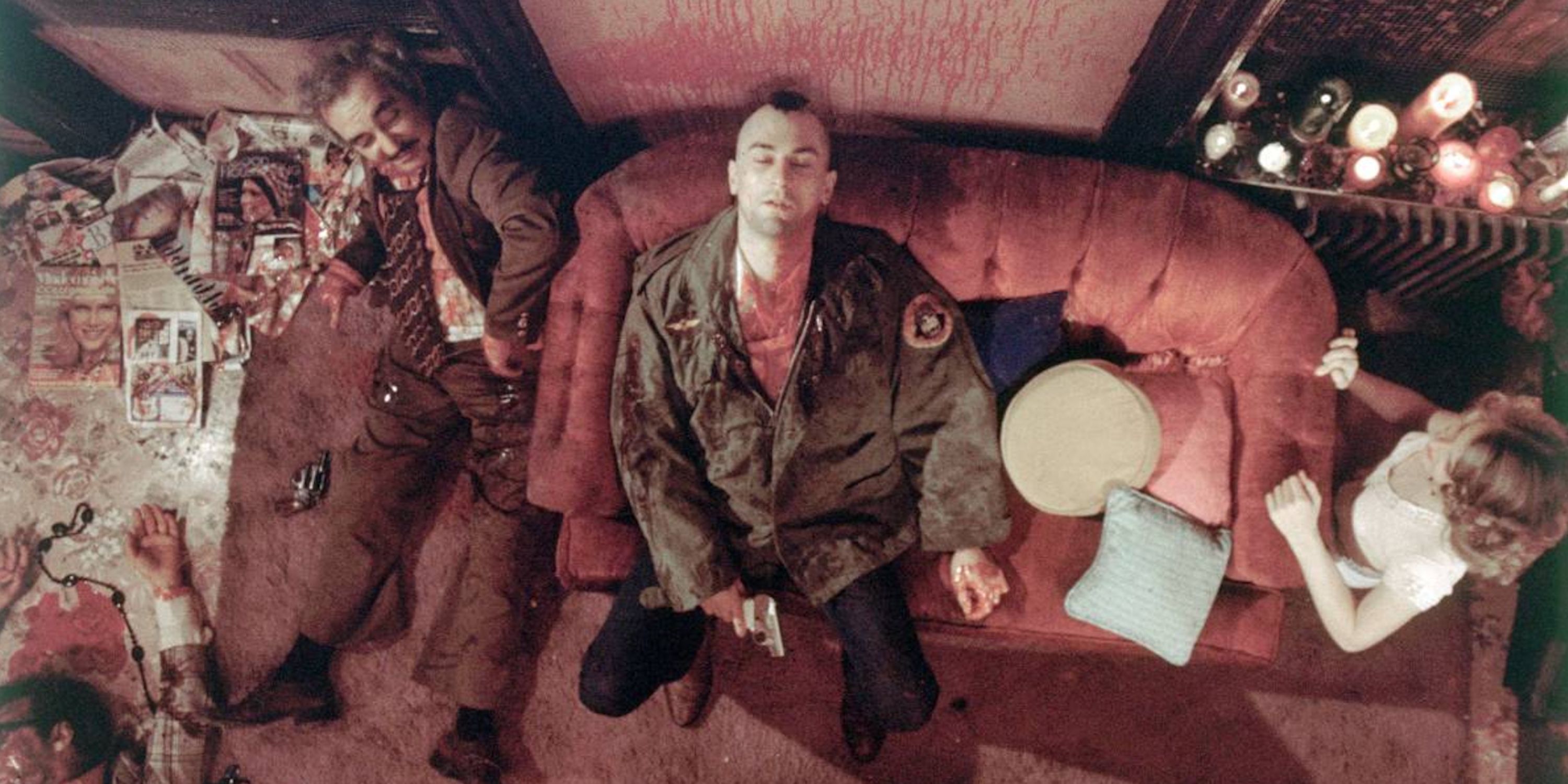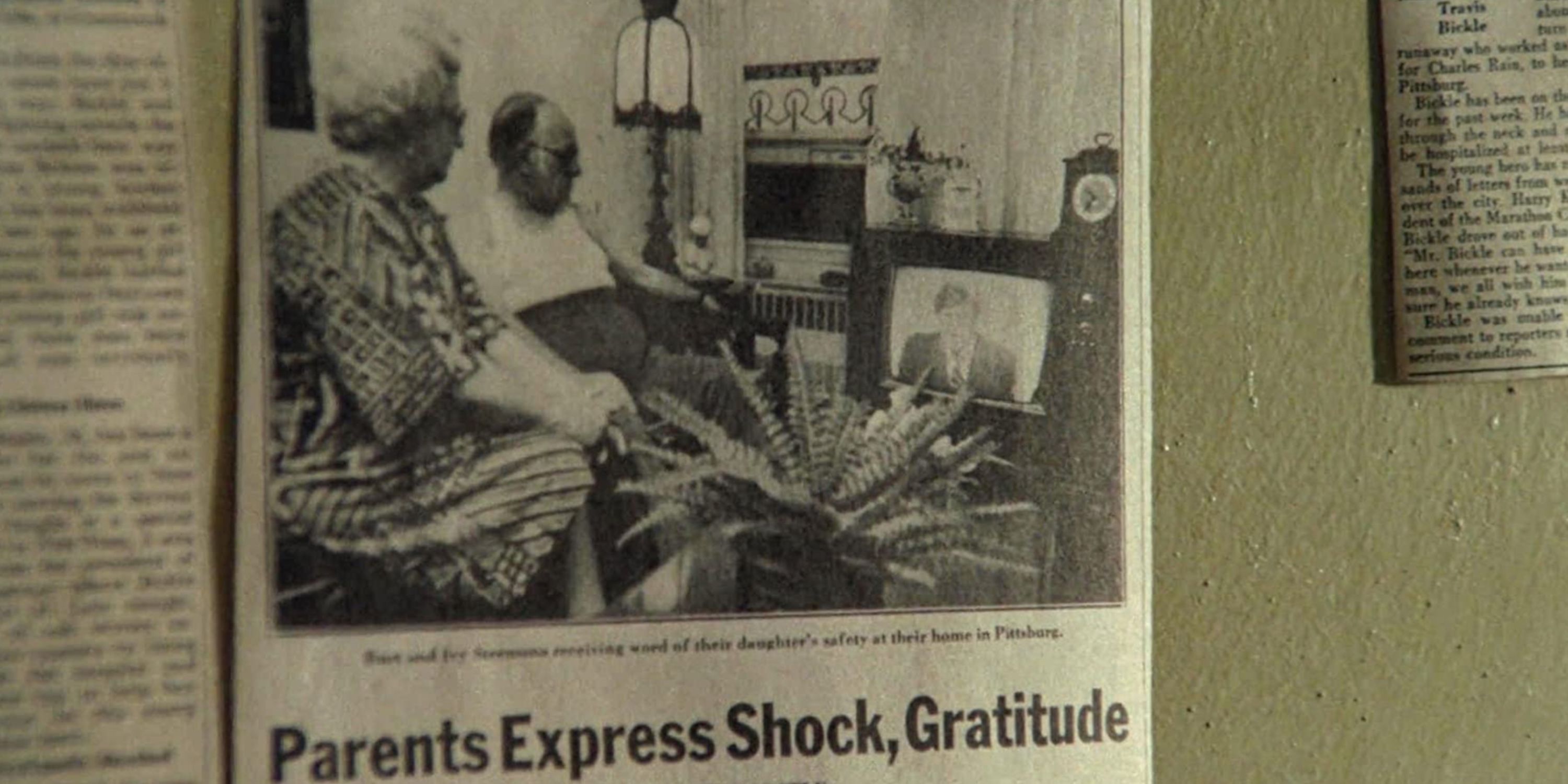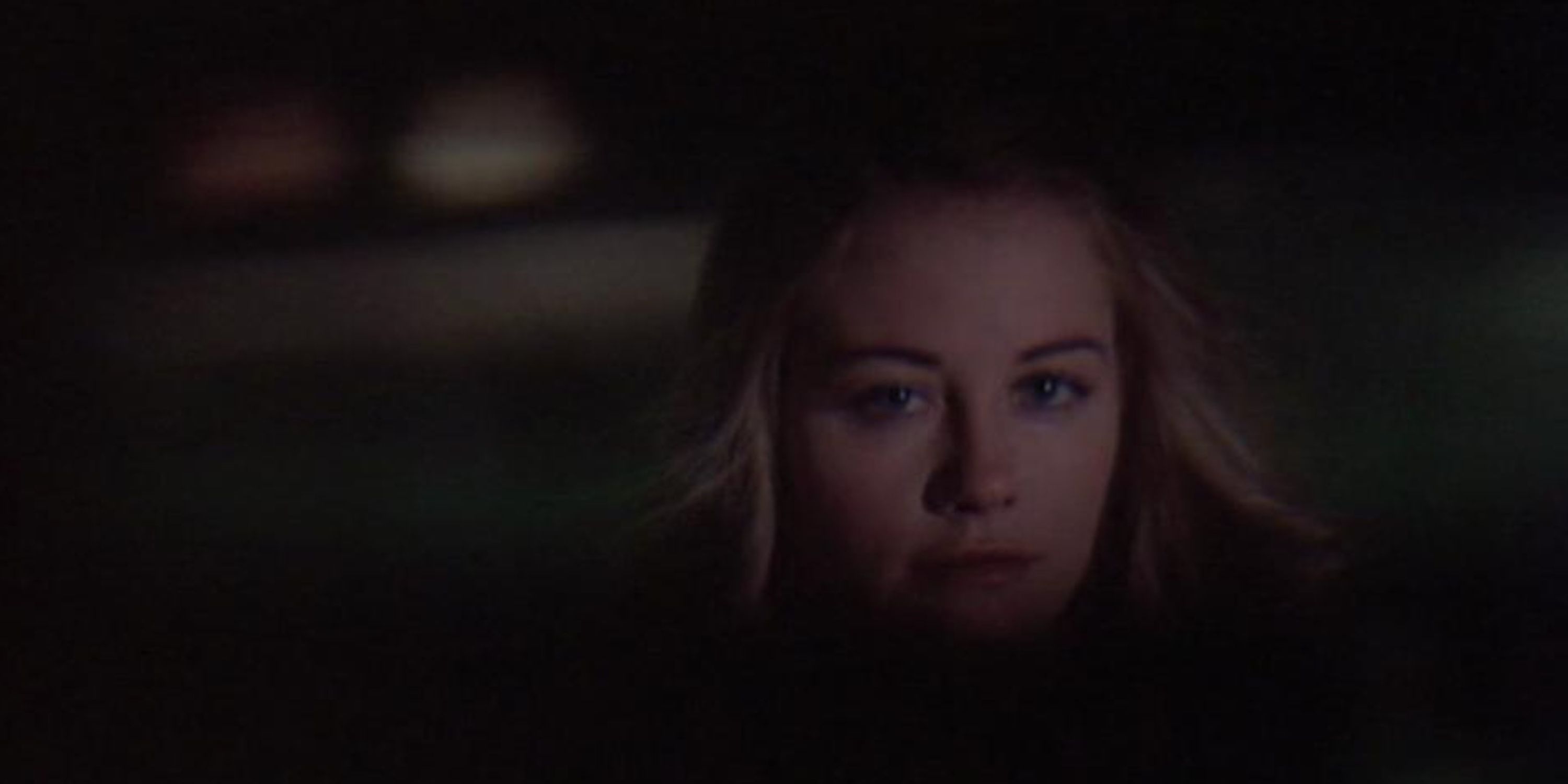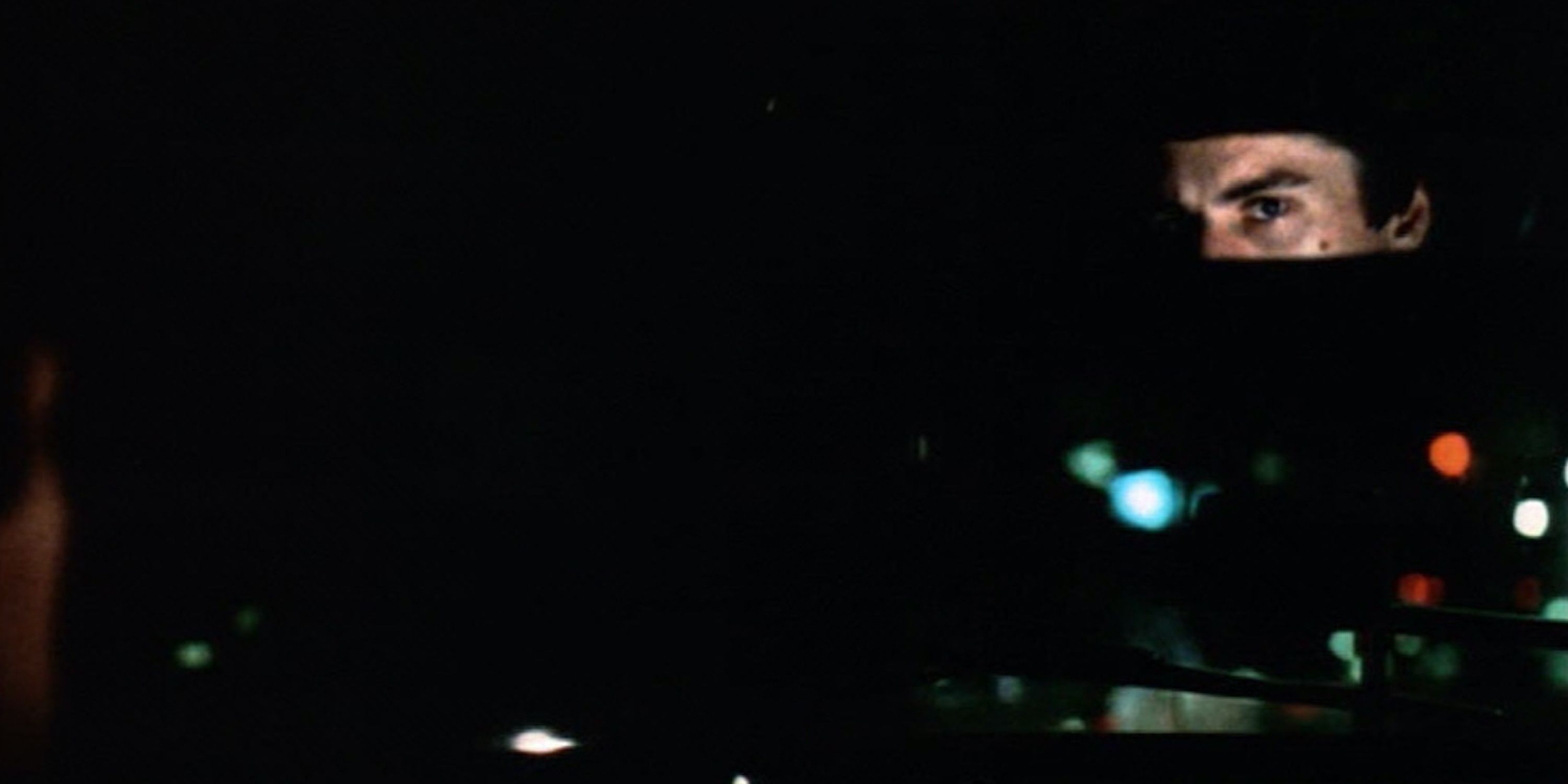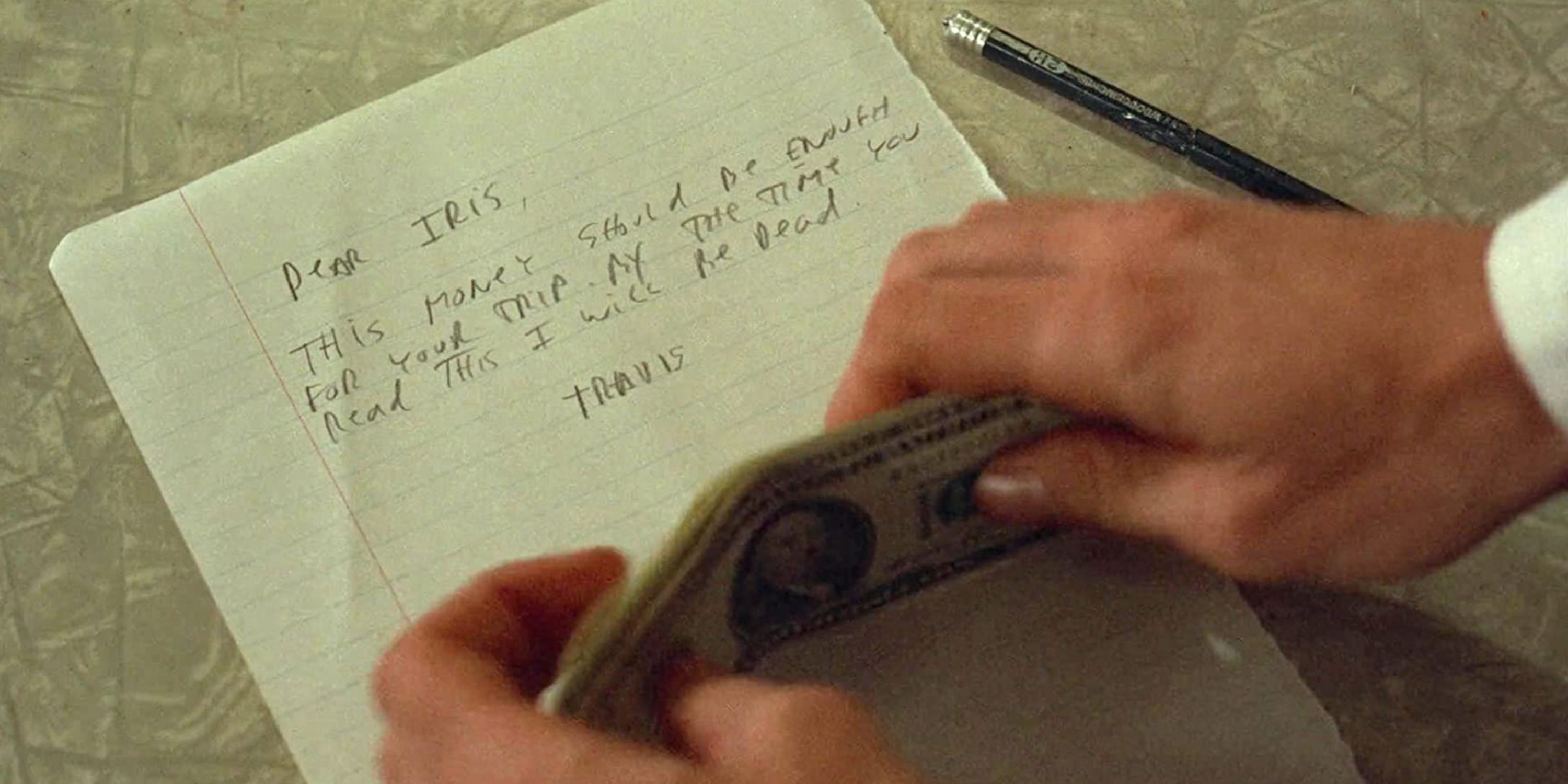Summary
- Taxi Driver's ending is open to interpretation, leaving it up to the audience to decide what is real and what is in Travis Bickle's delusional mind.
- Travis's transformation into the "Man with No Name" is depicted as a real event in the ending, showcasing his detachment from reality.
- The ending of Taxi Driver suggests that Travis dies and is stuck in a hellish purgatory, while also leaving room for the possibility that he becomes a legendary hero.
Nearly 50 years since Martin Scorsese delivered one of his greatest movies, there are still those looking to have the Taxi Driver ending explained. Taxi Driver builds to a bloody climax and concludes with a cryptic sequence of events — events that may be in Travis Bickle's head. When interpreted literally, the 1976 film ends with Travis Bickle saving an adolescent sex worker by killing her pimps. However, a closer look implies that Travis' life ends in a figurative hell that he references throughout Taxi Driver.
Travis (Robert De Niro) is a loner who's detached from reality. He's a U.S. Marine who previously served in Vietnam, or at least that's what he claims, and struggles to connect with acquaintances, such as a romantic interest, Betsy (Cybill Shepherd), a campaign volunteer for a presidential candidate. In Taxi Driver, everything changes for Travis after he spots a 12-year-old sex worker named Iris (Jodie Foster). Travis finds a purpose and plans to help the girl, which leads to the violent Taxi Driver ending. However, due to Travis's fragile psyche, it's unclear which parts of the Taxi Driver ending are real.
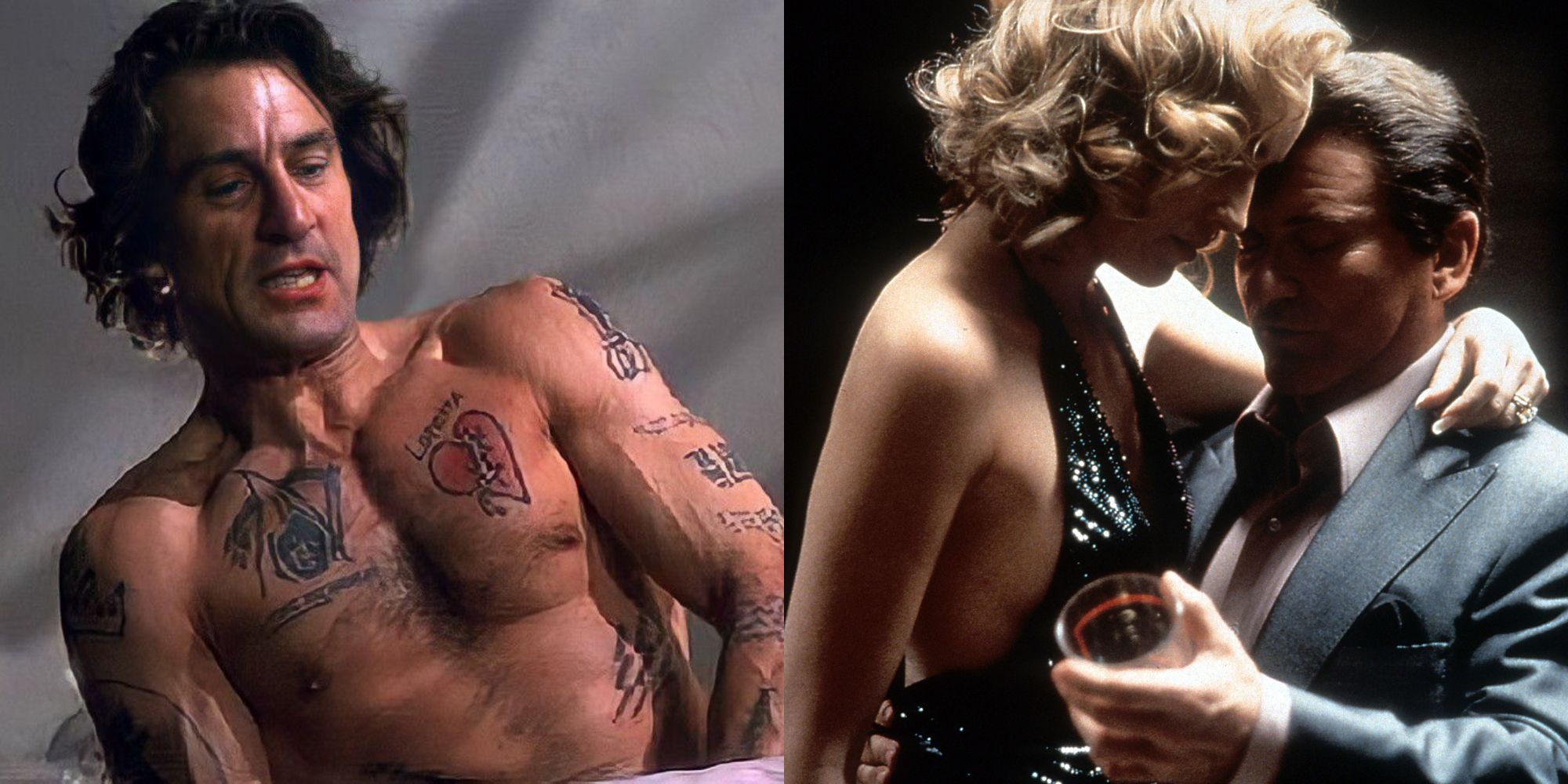
10 Most Dangerous Characters In Martin Scorsese Films
Martin Scorsese has a rich and varied filmography full of memorable characters, some of whom are among the most dangerous in cinema.The Transformation: Real
Travis Bickle Becoming "The Man With No Name" Really Happened
The Taxi Driver ending begins with Travis preparing a political assassination. When a militarized Travis shows up at a Palantine rally, wearing a mohawk and aviator shades, he's left his real identity behind. Earlier, Wizard explains how a man can become his job, and now Travis has fully transformed into someone else — the Man with No Name. Previously, he'd been identified as a suspicious individual after lying to a Secret Service agent. At that moment, he tries to assassinate the politician but doesn't succeed.
This version of Travis suggests he's delusional and detached from reality. Shortly before the assassination attempt, he writes a letter to his parents and implies that he's doing "sensitive work" for the government. Travis tells Iris that he "has to do something for the government," and that he "might be going away for a while." He's projecting an image allowing him to make sense of the world he lives in. "All my life needed was a sense of someplace to go," Travis writes early on in Taxi Driver. He identified that place as hell on Earth.
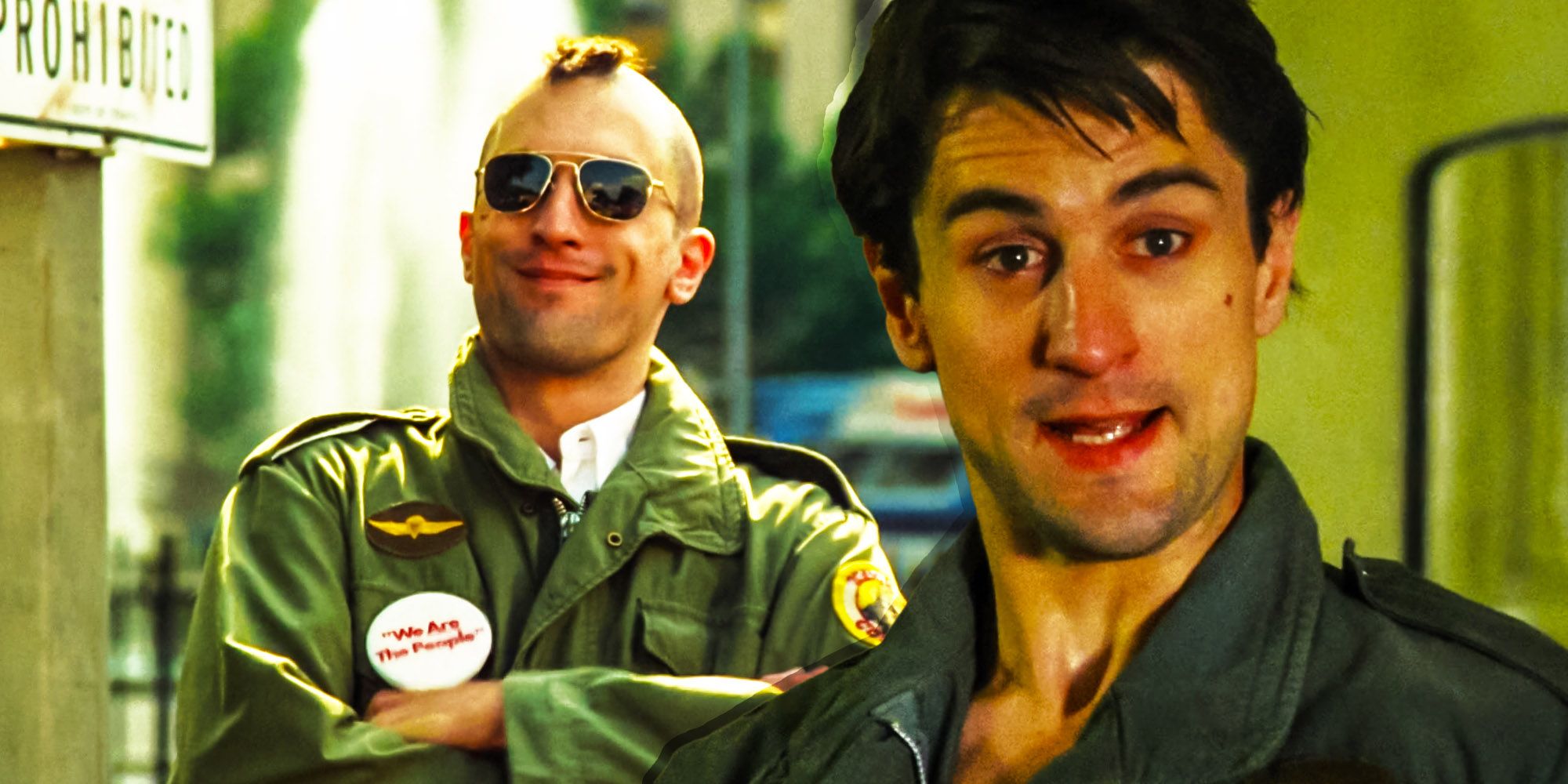
The Surprising Inspiration Behind Taxi Driver's Most Famous Line
Robert De Niro improvised his most famous line in Taxi Driver, and the inspiration behind it is quite surprising. Let's take a look.Travis' Ascent Into Hell On Earth: Real
Travis's Final Rampage Really Happened
Travis becomes a fatalist in the Taxi Driver ending. He believes he's supposed to kill Palantine — a man who claims to represent the "the people." Travis also believes he'll save "sweet Iris" by cleaning up the symbolic "filth," who is Matthew, Iris' pimp (Harvey Keitel). It's this same frame of mind showcased in Taxi Driver that, unfortunately, inspired John Hinckley Jr.'s real-life assassination attempt on U.S. President Ronald Reagan. Hinckley was hoping to get the attention of Jodie Foster, who played the role of Iris.
In Taxi Driver, Travis kills Matthew and then waits a few moments before ascending into "Hell on Earth", a New York City building where men pay to have sex with teenage sex workers. Aesthetically, this entire sequence — which finally sees the ever-growing tension of the movie boil over in a memorably gory fashion — was inspired by Scorsese's admiration of Caravaggio, an Italian Baroque artist known for blending the sacred with the profane.
First, Travis blasts a pimp's hand and ultimately shoots him in the head. By saving Iris from harm, Travis has eliminated a "profane" threat and protected a "sacred" figure. Any one of Scorsese's trademark visuals in Taxi Driver could be the premise for a Caravaggio painting, as the Italian artist incorporated extreme violence into his work. As a character, Travis takes a similar approach by painting the walls red and then sacrificing himself. In a slight twist, however, Travis' plan fails when he runs out of bullets.
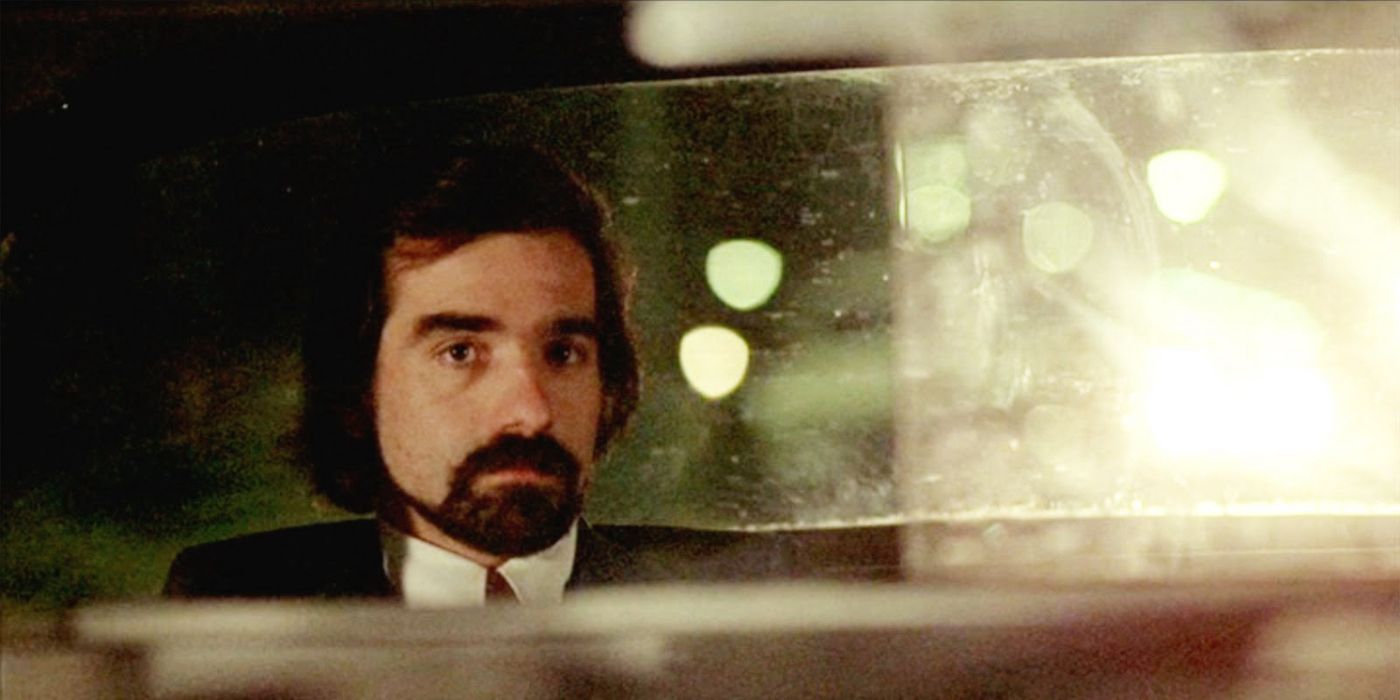
Martin Scorsese Has Two Cameos In Taxi Driver: Where To Spot
Taxi Driver is a 1976 psychological thriller starring Robert De Niro which features two cameos by director Martin Scorsese; here's where to spot him.Travis' Survival And Arrest: Not Real
Travis Died At The End Of Taxi Driver
Travis dies from his wounds in the Taxi Driver ending after the police arrive; a moment that's foreshadowed by an earlier Taxi Driver quote when he suggests Betsy will "die in a hell like the rest of 'em." The irony is that Travis becomes one of the pack, a dead criminal who believes his actions serve a higher purpose. Scorsese shoots from above to remind the audience they're looking down on Travis and the other victims who lie in the hell they created. An angelic figure in white, Iris, is the lone survivor, framed with religious imagery.
On the left side of the frame: the "profane". On the right side of the frame: the "sacred". In the middle: Travis — a fusion of both Caravaggian concepts. To reinforce the idea that Travis died in Taxi Driver, the camera slowly leaves the room while the police assess the scene, frozen in shock. The camera ultimately settles in the street to show that a giant mess still exists. The implication: Travis didn't clean up anything but instead contributed to the filth. Still, Taxi Driver leaves it up to the audience to interpret.
Was Travis just in his actions? Or did Travis' delusional mind and moral righteousness get the best of him? Essentially, Scorsese provides the audience with a Caravaggian ending. Travis can be viewed as a "sacred" figure who lives on. Or he can be viewed as a "profane" murderer who's stuck in purgatory, or hell.
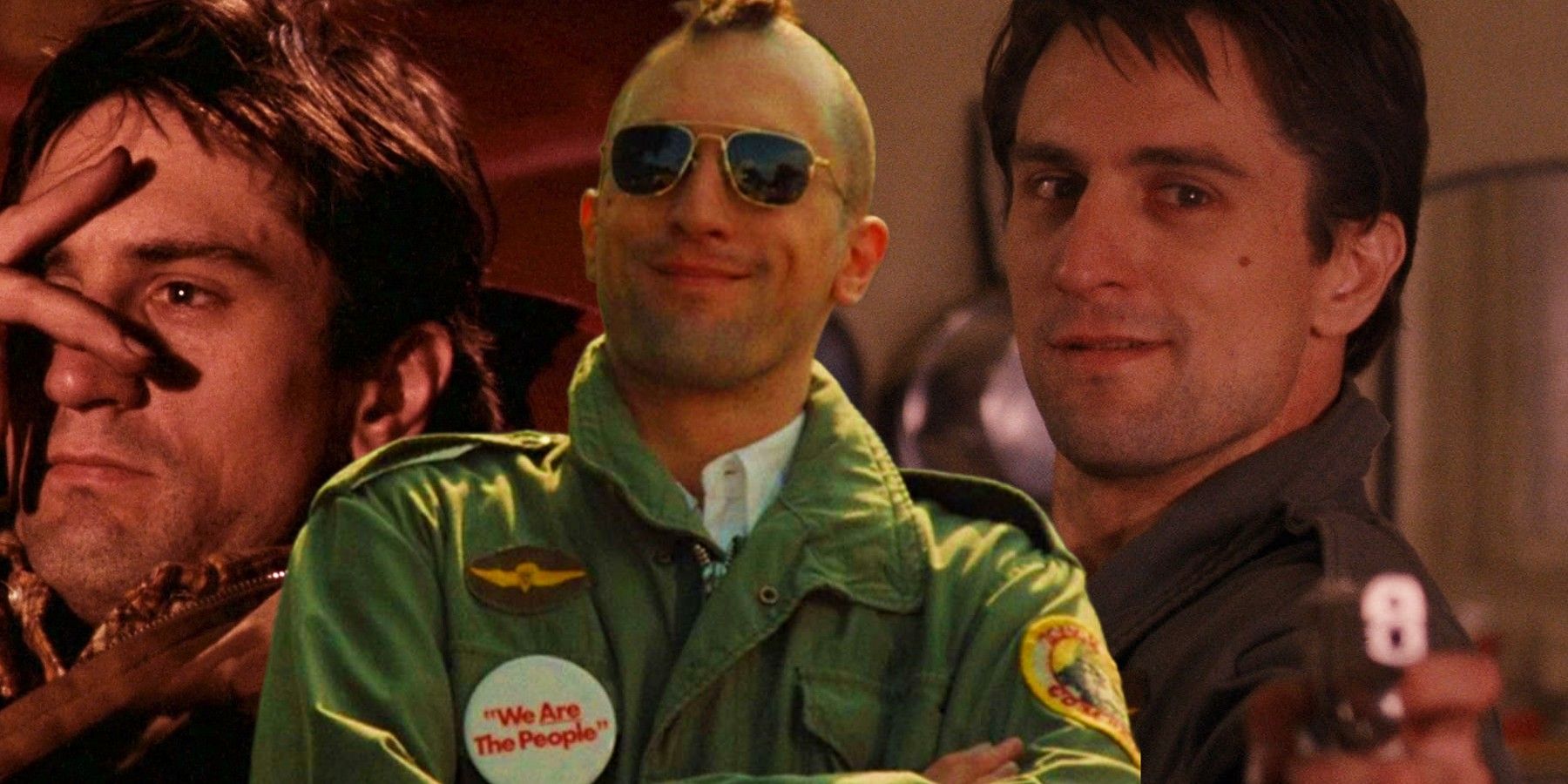
20 Most Memorable Quotes From Taxi Driver
Taxi Driver may be dark, but it's also packed with incredible lines - and these are the best of them.The Letter From Iris' Father: Not Real
Travis Being Hailed As A Hero Was All In His Head
Taxi Driver's epilogue makes it seem like Travis survived and became a New York City hero for saving young Iris, whose father reads a thank-you letter through voice-over narration. If you listen closely, Iris' father's writing and speech pattern mirrors Travis' diary entries and narration. Travis is either alive and creating another false narrative to justify his actions, or he's imagining an idealized version of events at his moment of death. Based on Scorsese's visual evidence, the letter from Iris' father is a figment of Travis' imagination.
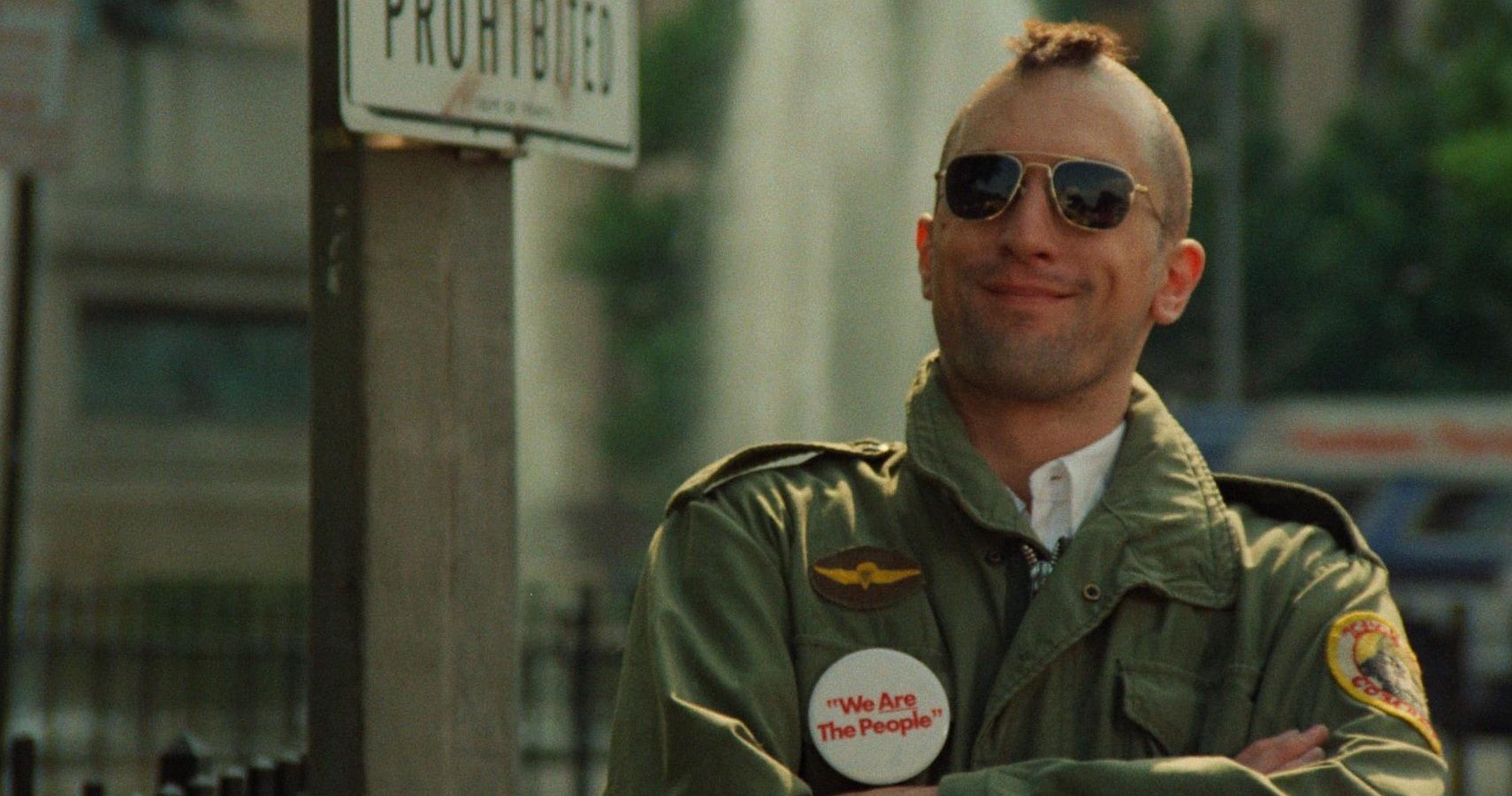
Taxi Driver: 10 Reasons Travis Bickle Is The Quintessential Antihero
Robert De Niro gives one of his best all-time performances as Travis Bickle in Martin Scorsese's Taxi Driver. Here is why the character is so iconic.Travis And Betsy Reunite: Not Real
Betsy And Travis Didn't Reconcile Before The End Of The Film
When Betsy shows up in Travis' vehicle during Taxi Driver, the two seemingly reunite and re-ignite a possible romance. However, this appears to be another idealized version of events that Travis imagines. The streets are suspiciously clean at the end of this violence and crime spree-infused movie and Betsy's hair blows in the wind like an angel. And it doesn't seem coincidental that she wears white. This is Scorsese's "sacred" ending for Taxi Driver: an angel with the face of Betsy welcomes Travis to heaven.
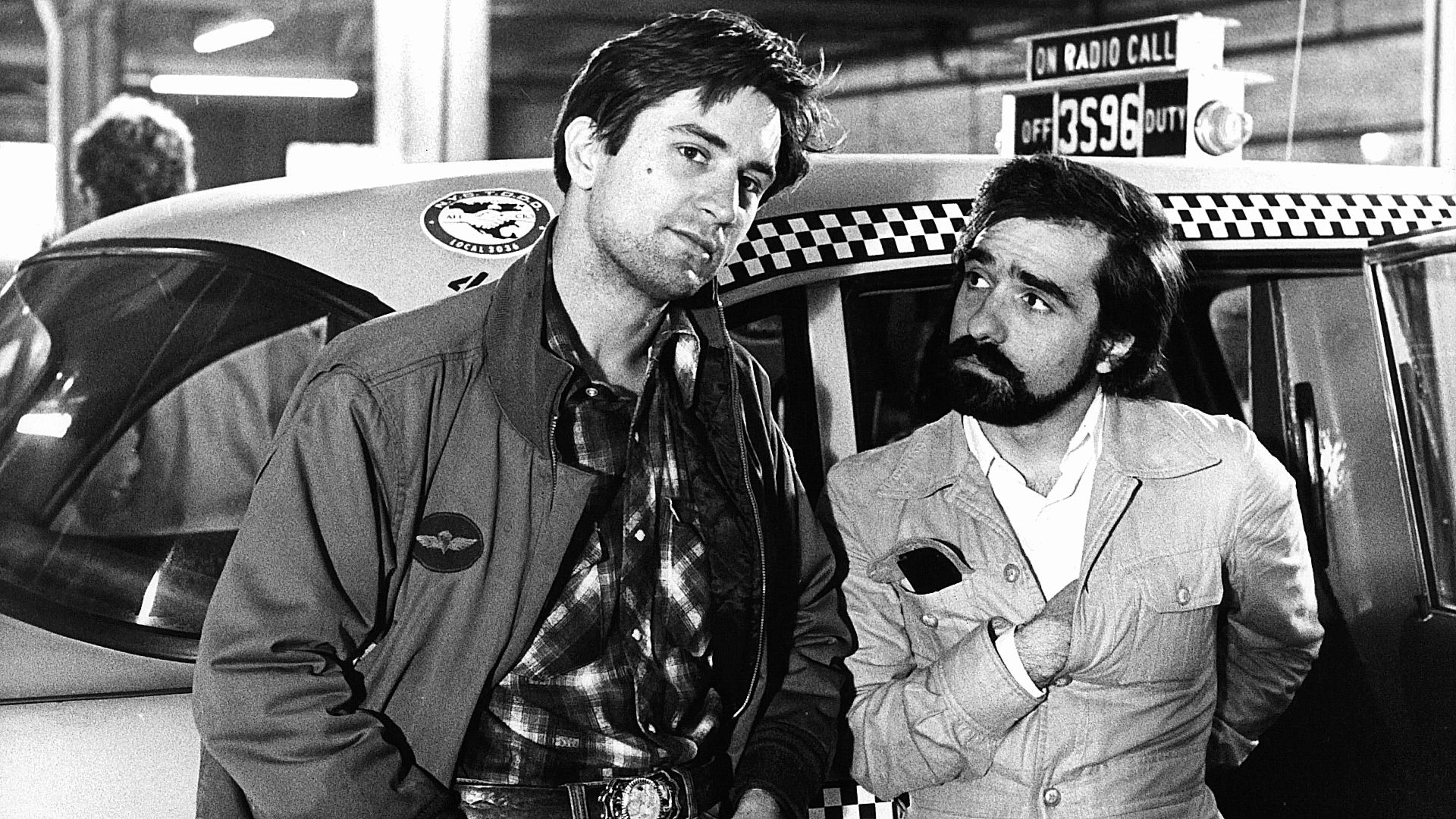
You Talkin' To Me?: 10 Behind-The-Scenes Facts About Taxi Driver
Martin Scorsese's Taxi Driver is an iconic Hollywood movie. Learn this offscreen trivia about the classic starring Robert De Niro as Travis Bickle.The Final Moments: Not Real
The Closing Shots Of Taxi Driver Are In Travis's Mind
Scorsese ultimately leaves viewers with a "profane" ending in Taxi Driver. After Travis and Betsy go their separate ways, a brief moment of chaotic sound design brings the audience back to reality, whatever that may be. And the look in Travis' eye suggests that he's certainly not in a peaceful place. The Taxi Driver continues to ride on, but he's in a hellish realm and repeating the same loop. To quote Betsy from earlier in the film, Travis is "part truth, part fiction... a walking contradiction."
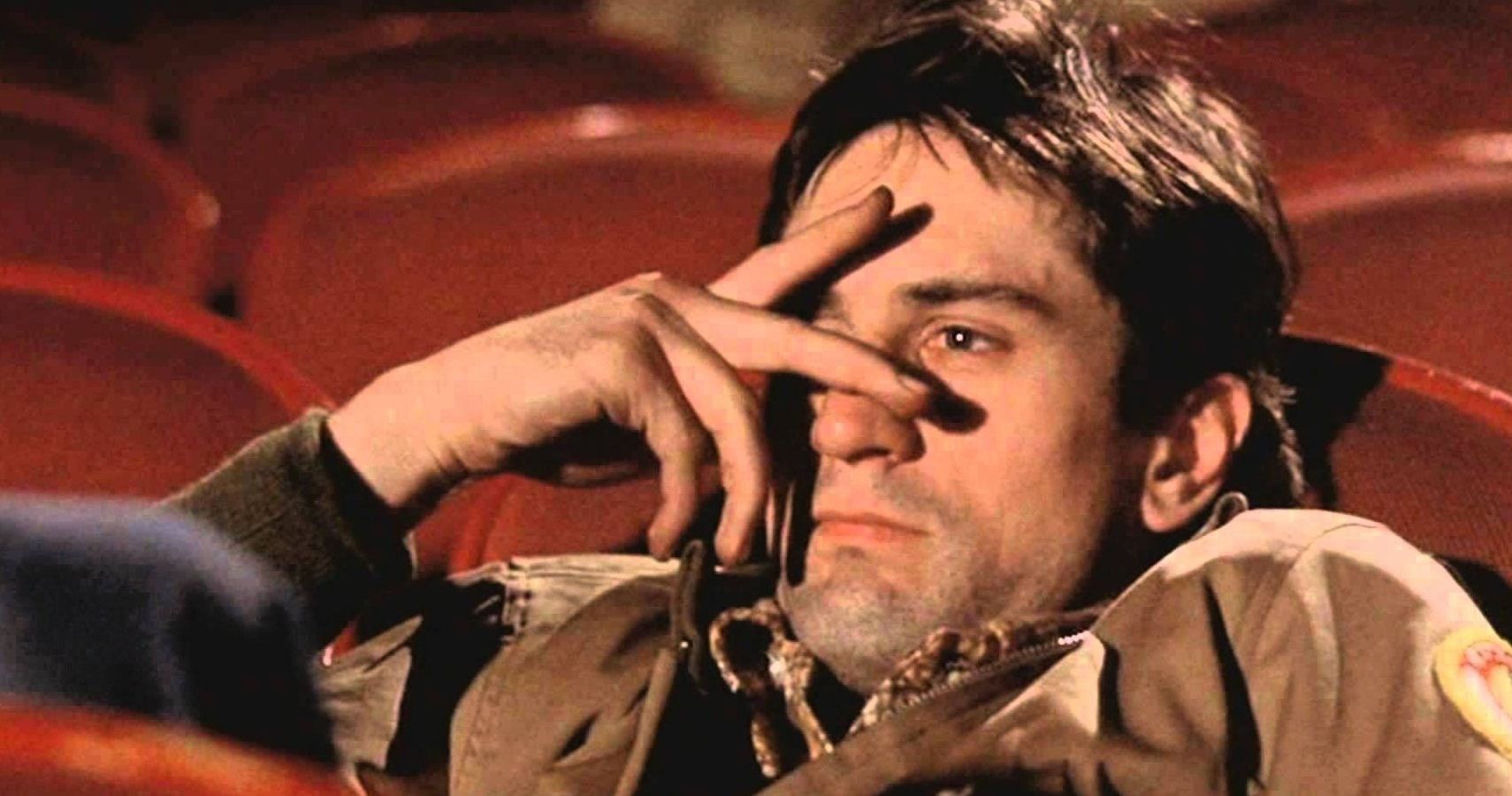
10 Continuity Errors And Plot Holes In Taxi Driver
Taxi Driver may be one of the most famous films in cinematic history - but that doesn't mean it's without flaws and mistakes!Does Taxi Driver’s Ending Still Hold Up?
The Ending Of Taxi Driver Remains Iconic
Taxi Driver does a phenomenal job of taking audiences on an unnerving descent into palpable madness, but whether the 1976 classic's ending holds up is a rather polarizing question. It's easy to see why this concept is so widely debated nearly 50 years later, but Scorsese's ending is still perfect. Travis Bickle is at the wheel for Taxi Driver's entire disturbing ride; it's clear that he's demented and dangerous, but he controls a great deal of how the narrative is presented with. his diary entries and a look at his day-to-day existence.
After becoming well-acquainted with Travis' psyche, it's only natural viewers experience Taxi Driver's ending through his detached and delusional lens. The ending renders both a purposefully ethereal atmosphere and outlandish, unlikely events that don't mesh with what has come before in the film. These elements give even more of a look into Travis' deranged psyche and flawed self-perception after his death while signaling to viewers that this wrap-up is only an extension of Travis' unreliable narration.
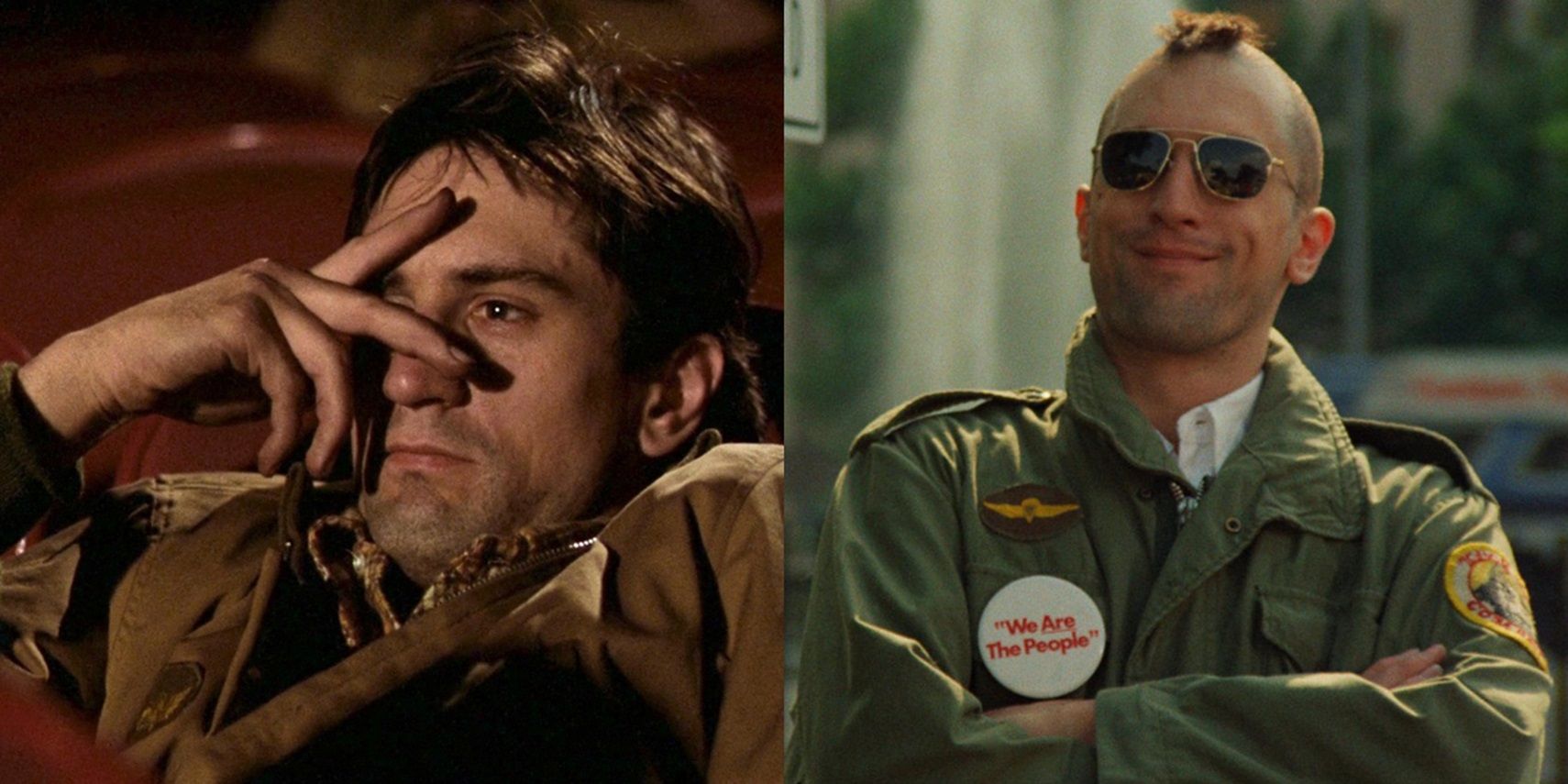
Taxi Driver: 10 Things That Still Hold Up Today
Taxi Driver, Martin Scorsese's gritty neo-noir masterpiece, still holds up today as a tense, masterfully crafted thriller, nearly half a century on.Other Amazingly Ambiguous Scorsese Endings
Taxi Driver Isn't The Director's Only Movie That's Open To Interpretation
The Taxi Driver ending ranks as one of Martin Scorsese's best movie climaxes and the filmmaker certainly has a knack for ambiguous endings. The most notable example of this is how Shutter Island wraps up. Though different from Taxi Driver in many ways, this ultra-dark psychological thriller imparts the audience with a similar kind of doom-infused unease. Shutter Island ends with Teddy Daniels/Andrew Laeddis (Leonardo DiCaprio) acknowledging awareness about who he is and how he's about to be lobotomized.
But, in yet another twist, the Martin Scorsese movie is bookended with Leonardo DiCaprio's eerie delivery of this philosophical question: "This place makes me wonder; which would be worse... to live as a monster or to die as a good man?" The question is important and thought-provoking, and it parallels Shutter Island's essence. Still, a great deal is left in the air. Does Teddy/Andrew remember who he is? There's a great deal of ambiguous, implicit commentary about the stories humans tell themselves to survive.
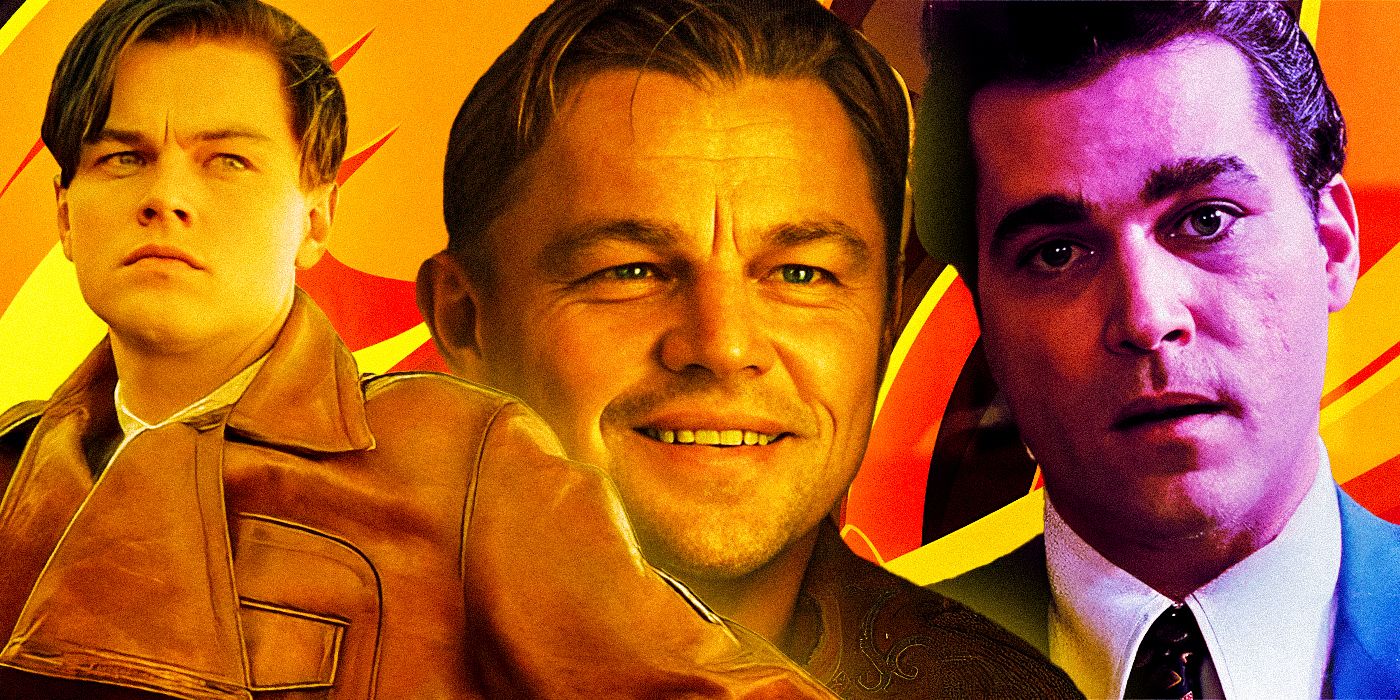
10 Longest Martin Scorsese Movies (Including Killers Of The Flower Moon)
Along with his talent, Martin Scorsese is known for his epic narratives that run past the standard 90 minutes. But which of his films are the longest?There are two other Martin Scorsese movies with endings that, though not completely ambiguous, are certainly left to a certain level of viewer interpretation. The auteur's 2006 Irish mafia and law enforcement-centered drama The Departed ends right after Collin Sullivan (Matt Damon) is shot to death in his apartment. His character's death is rewarding, as he's one of multiple "rats" throughout the movie who work for another side. The camera pans to an actual rat, with a government building in the background.
Of course, this is a clear parallel to Sullivan being a rat and the two-faced nature of some of the movie's treacherous characters. However, there's more to it than that. The building also symbolizes how corruption and criminality run rampant within any government – let alone a city like Boston – which has an infamous reputation for both. Still, there's an ambiguity as to exactly what Scorsese is saying about "rats" and corruption; audience members must decide for themselves.
There's also another Robert De Niro-starring Martin Scorsese movie with a semi-ambiguous ending: The King Of Comedy. This 1982 black comedy-infused drama ends the story of stand-up comedian Rupert Pupkin after he's supposedly gone to prison for his kidnapping scheme. He left on parole after a few years, has a new autobiography, and has been surprisingly successful since his legal troubles. The King Of Comedy ends with an announcer repeating different, adoring versions of "Ladies and gentlemen, Rupert Pupkin!"
Like Taxi Driver, this Scorsese ending leaves one wondering how any of this is possible. As with Travis Bickle, it's seemingly impossible that what's being depicted is reality. Also, like in Taxi Driver, The King Of Comedy ends with the kind of reality its deeply flawed protagonist wants to believe, while there's no possible way the events are anything but unreliable narration from an unhinged character. Still, the movie's delusional ending, as well as how it ties in with artistic commentary on show business, is brilliantly subjective.
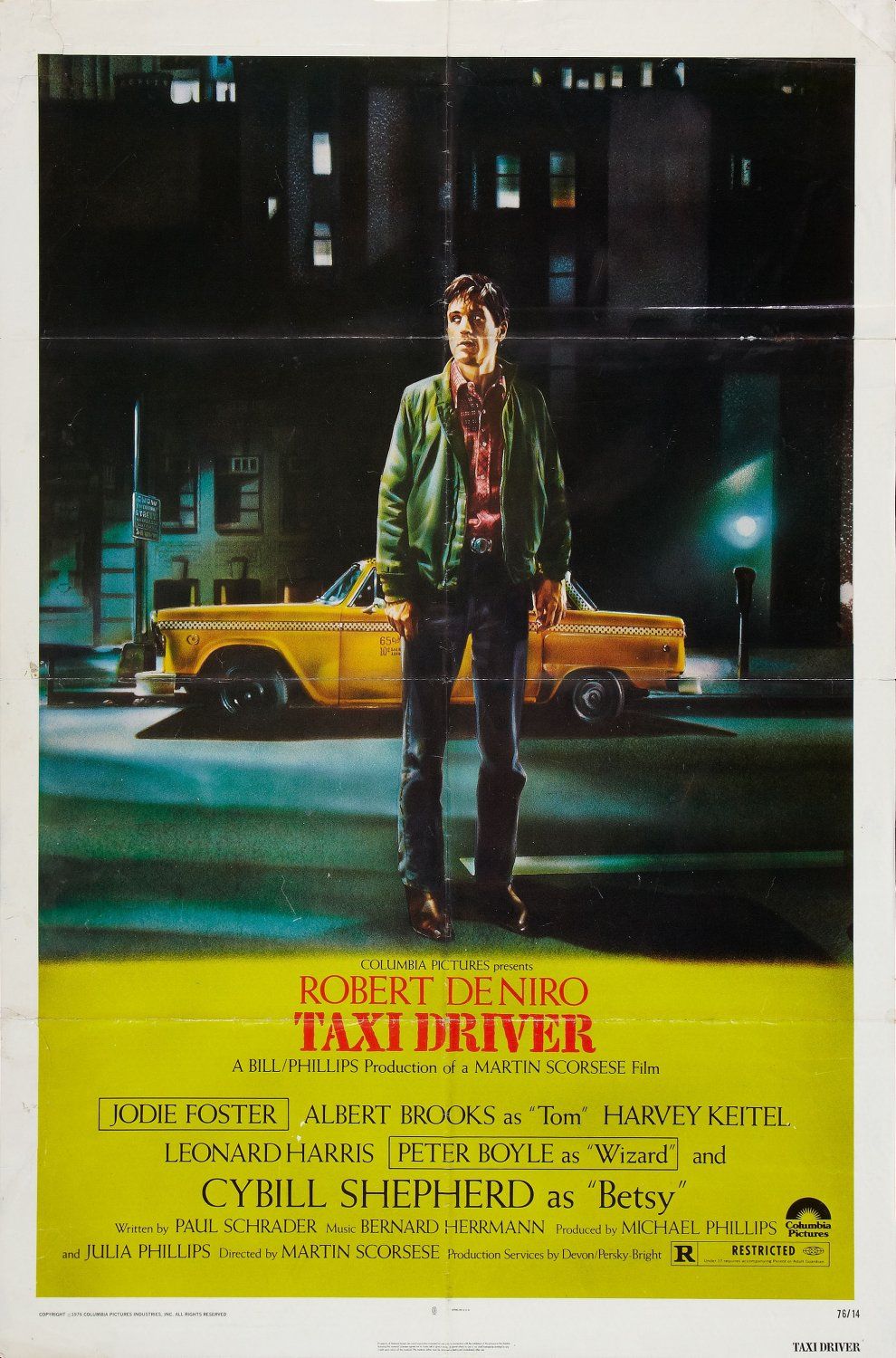
Taxi Driver
Martin Scorsese's classic 1976 film stars Robert De Niro as Travis Bickle, a Vietnam veteran turned New York City cab driver whose increasingly disturbed mental state due to his PTSD begins to drive him to more and more violent actions as he attempts to rid the city of what he sees as the "scum" on the streets. Jodie Foster, Harvey Keitel, Cybill Shepherd, and Albert Brooks also star in the film.
- Release Date
- February 9, 1976
- Director
- Martin Scorsese
- Cast
- Albert Brooks , Harvey Keitel , Cybill Shepherd , Robert De Niro , Jodie Foster
- Writers
- Paul Schrader
- Studio(s)
- Bill/Phillips Productions

